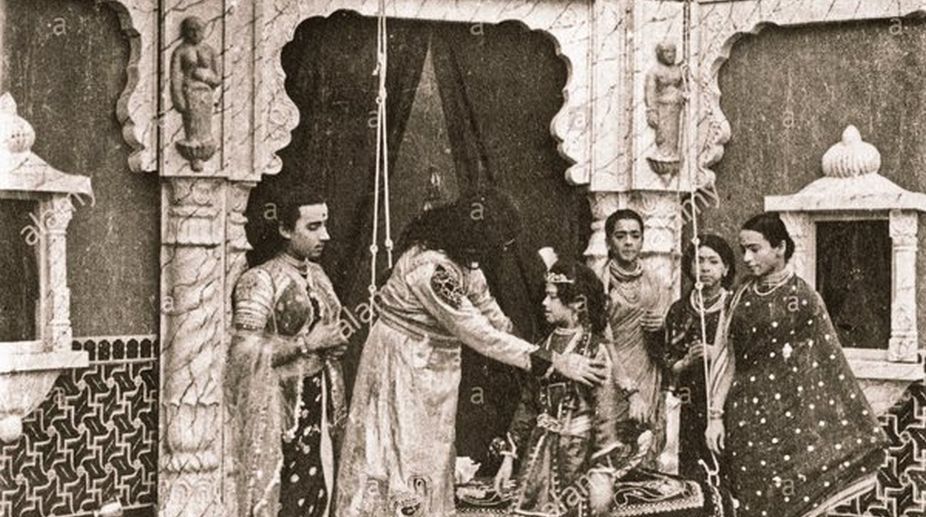Indian film returns to Cannes spotlight after 30 years
After three decades, an Indian film, 'All We Imagine As Light' by Payal Kapadia, shines at Cannes, marking a triumphant return for Indian cinema to the prestigious festival.

A still from India's first film 'Raja Harishchandra' (Photo: Twitter)
The year 2017 began with a kickstart and the first month’s first weekend is here. With so many firsts in our bucket, let's throw some light on the firsts of the cinematic world.
From still photography to videography, human beings succeeded in inventing and learning the art of film-making. It all started with patching up multiple photographs together to give the illusion of motion.
By adding motion to the pictures, motion pictures came into being.
Advertisement
Without colours and sounds, the first motion picture of the world, Voyage dans la Lune, (A Trip to the Moon) was made in France, in the year 1902.
A science fiction story, it was a 14 minute masterpiece (nearly one reel in length (about 825 feet)), created by imaginative French director Georges Melies.The film's plot was a light-hearted satire criticising the conservative scientific community of that time. It was inspired by Jules Verne's novel ‘From the Earth to the Moon’ (1865) and HG Wells' ‘First Men in the Moon’ (1901).
The film showcased a troop of astronomers who travel to the moon in a cannon-propelled capsule, to explore the its surface while they escape from an underground group of Selenites (lunar inhabitants) and return to Earth with a captive Selenite.
It featured major French theatrical performers, led by Méliès in the main role of Professor Barbenfouillis. Filmed in the explicitly theatrical style made Méliès famous.
After 11 years, when Indians came across the video camera and reels, Dada Sahib Phalke, father of Indian cinema made his first production. Directed, written and produced by him, Raja Harish Chandra was released in 1913 and screened for selected invited audience.
Unlike Voyage dans la Lune, which was a scientific film, Raja Harishchandra was based on mythology. It presented the life of Raja who left his kingdom, his wife, his kids and went away to follow the sage Vishwamitra. When gods get to know about his sacrifices, he was blessed with all those things which he had left behind.
One thing that about this movie is that all the actors are men. While it was a taboo for women to work in that era, even the role of the queen was played by a man, who was a cook in real life.
With the consistent effort of a crew of 500 members, the film took seven months and 21 days to complete.
The former is an anti-imperialist satire and the latter is a mythological story made during the British Raj in colonial India. Both these films are milestones of cinema and are worth watching.
So this weekend, get ready for some binge watching to travel back in time when technology was as fresh as the ideas and films were made on vintage cameras and saved on a magnetic reel. From material to abstract, from reel to real, from magnetic tape to big screen, the first cinematic breakthrough in the world and India will take you on a tour to the time when it all began, way before the terms Hollywood and Bollywood were coined.
Advertisement